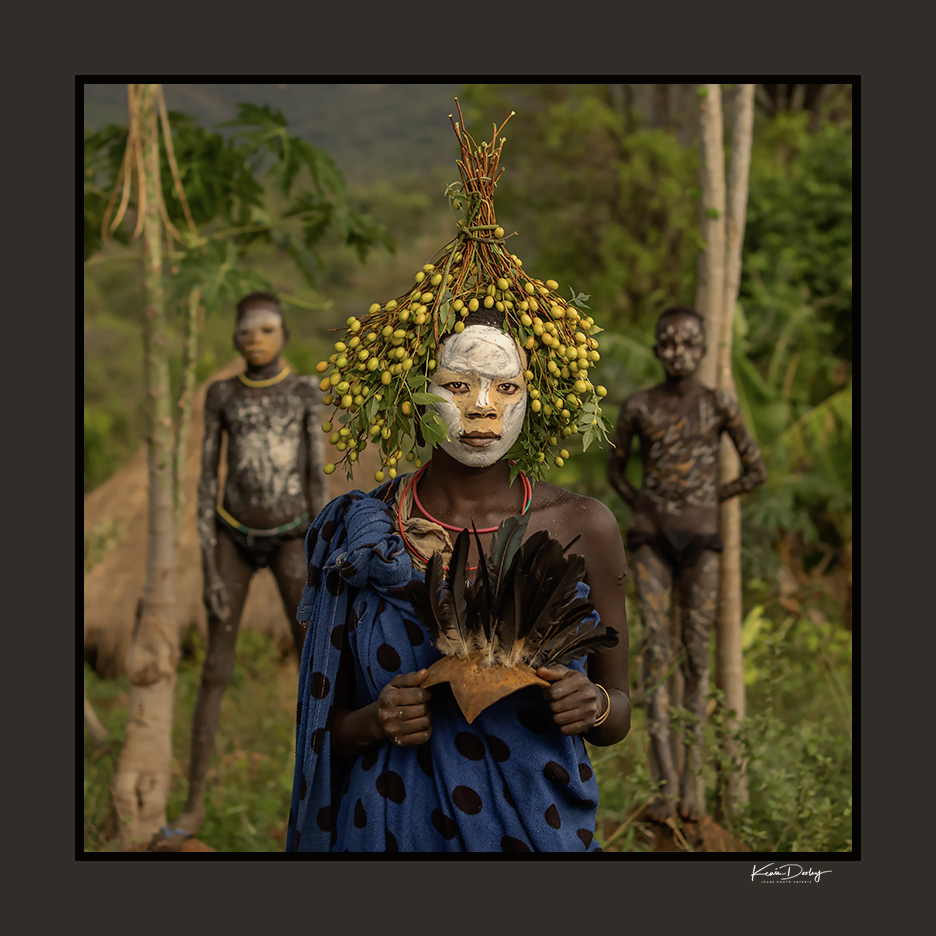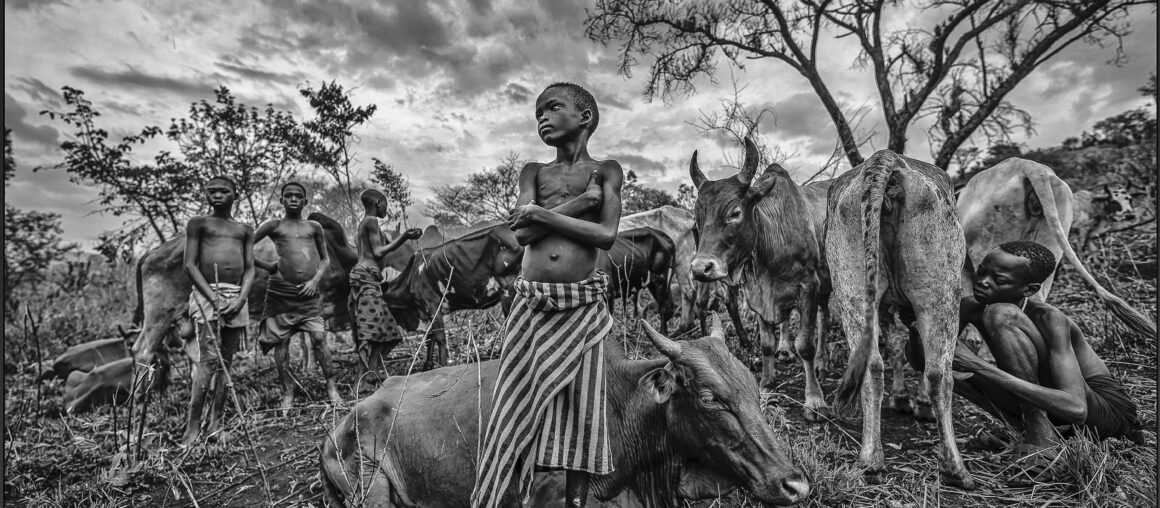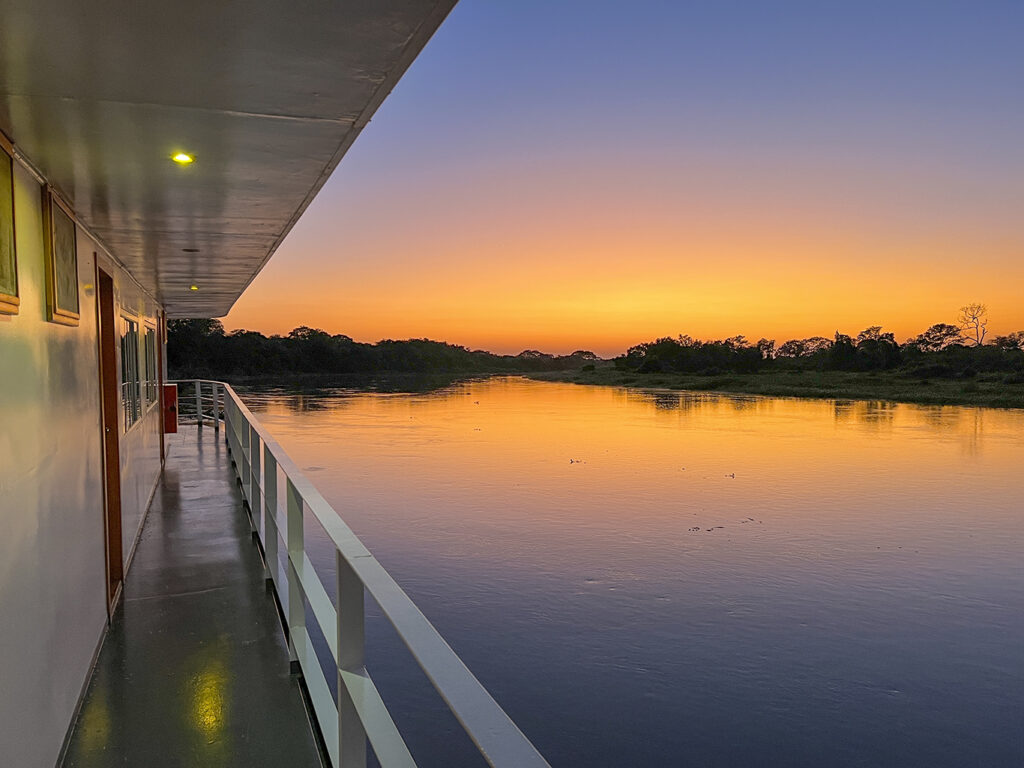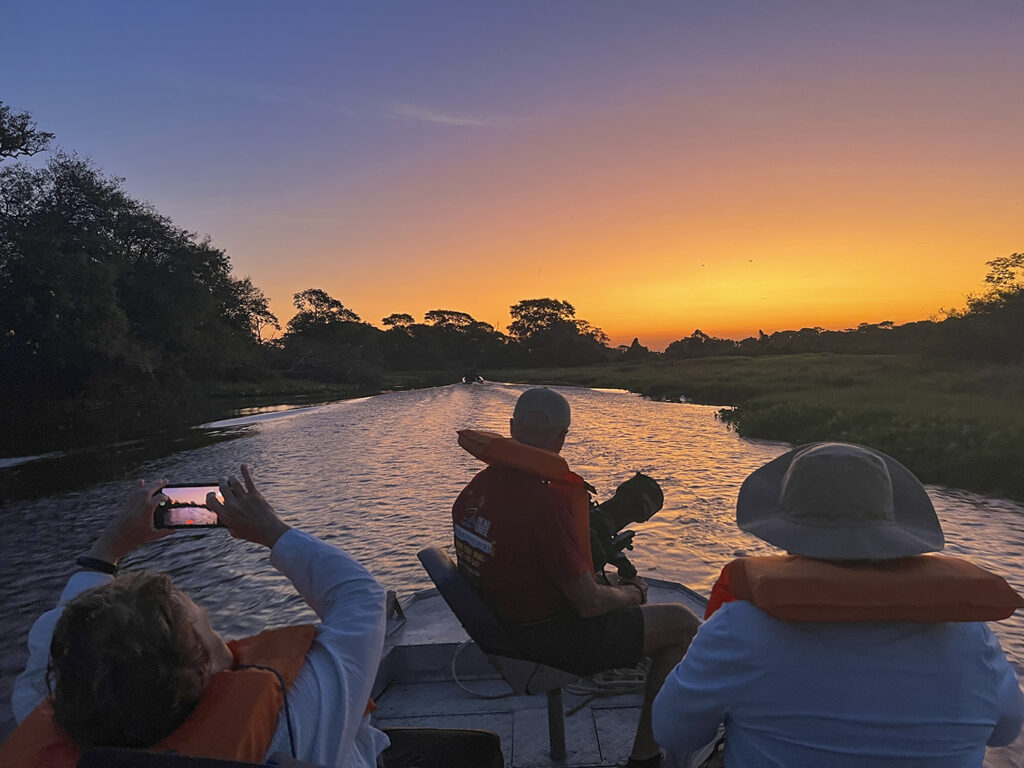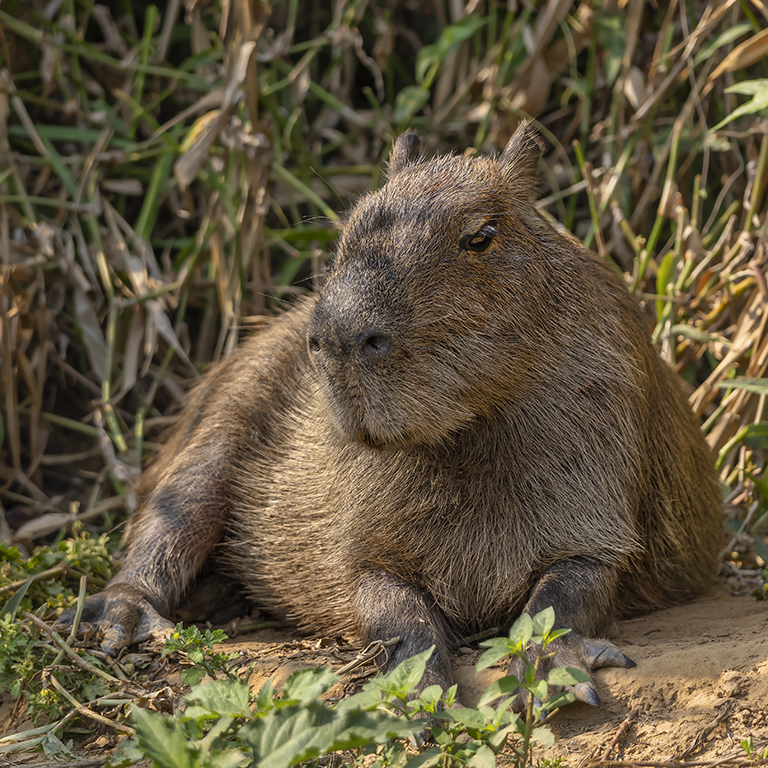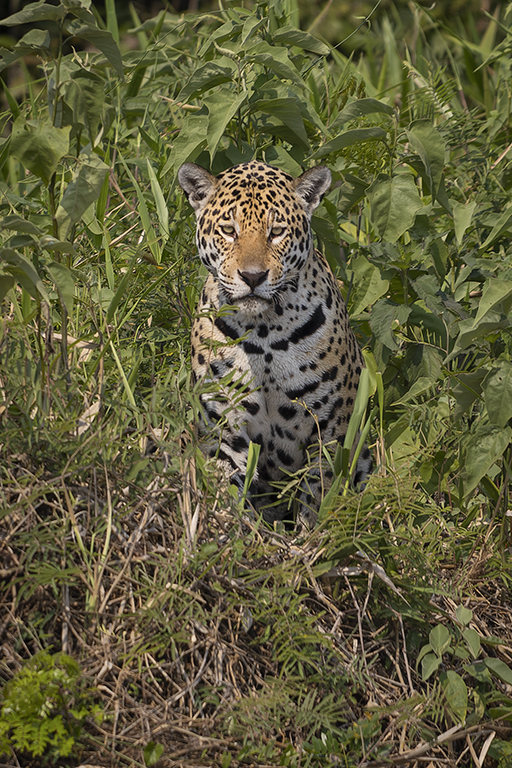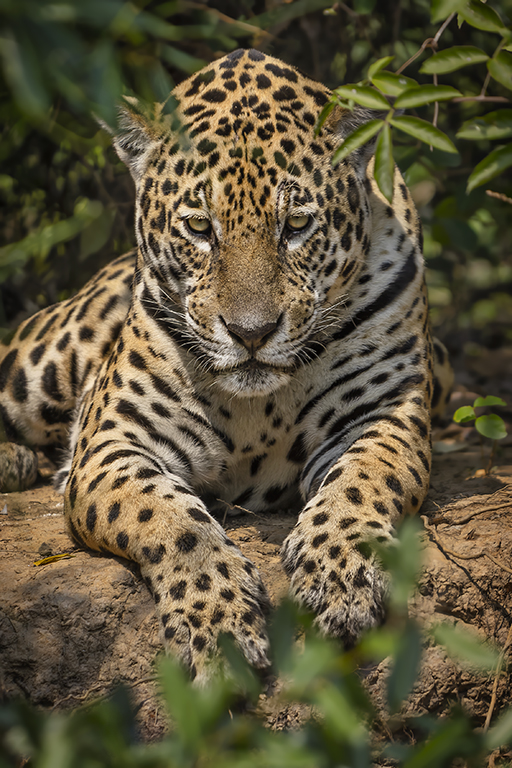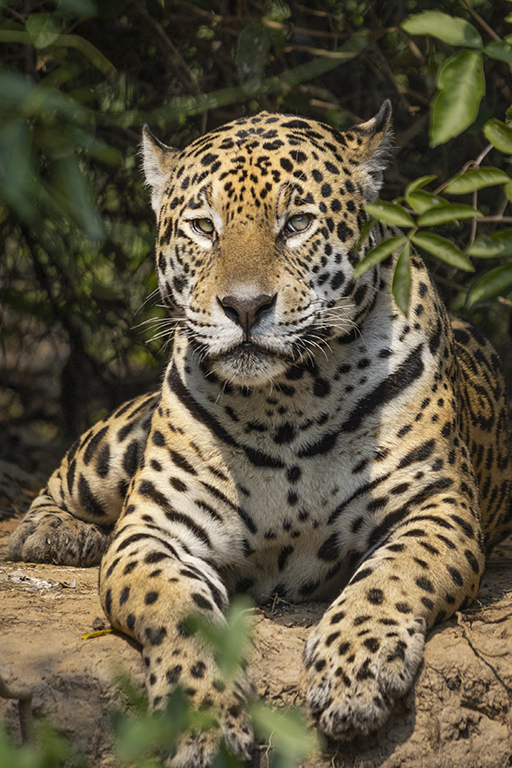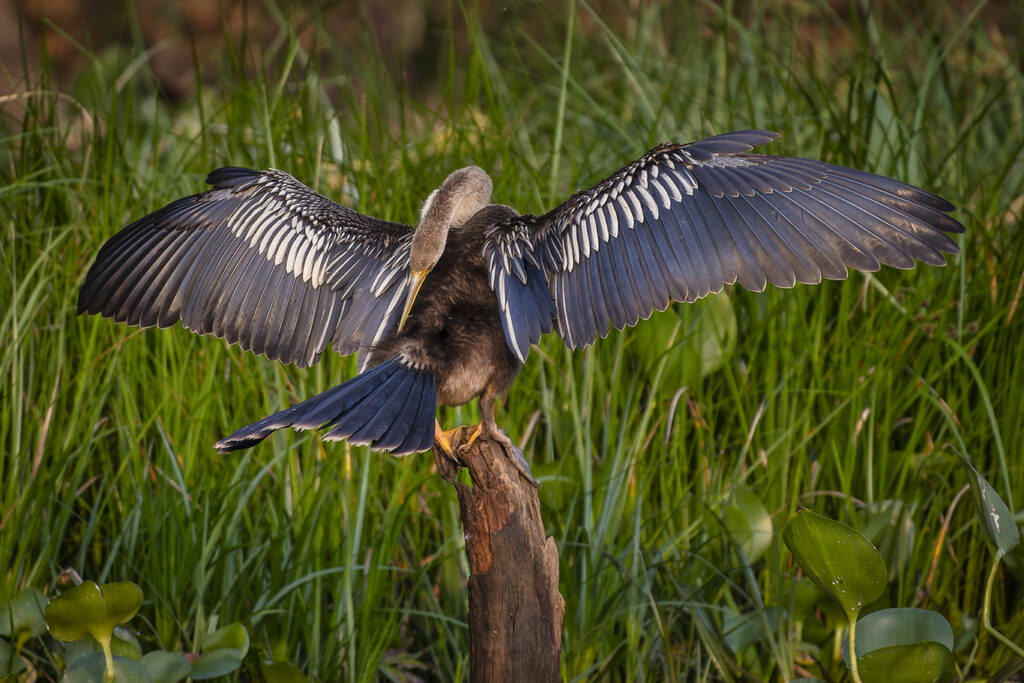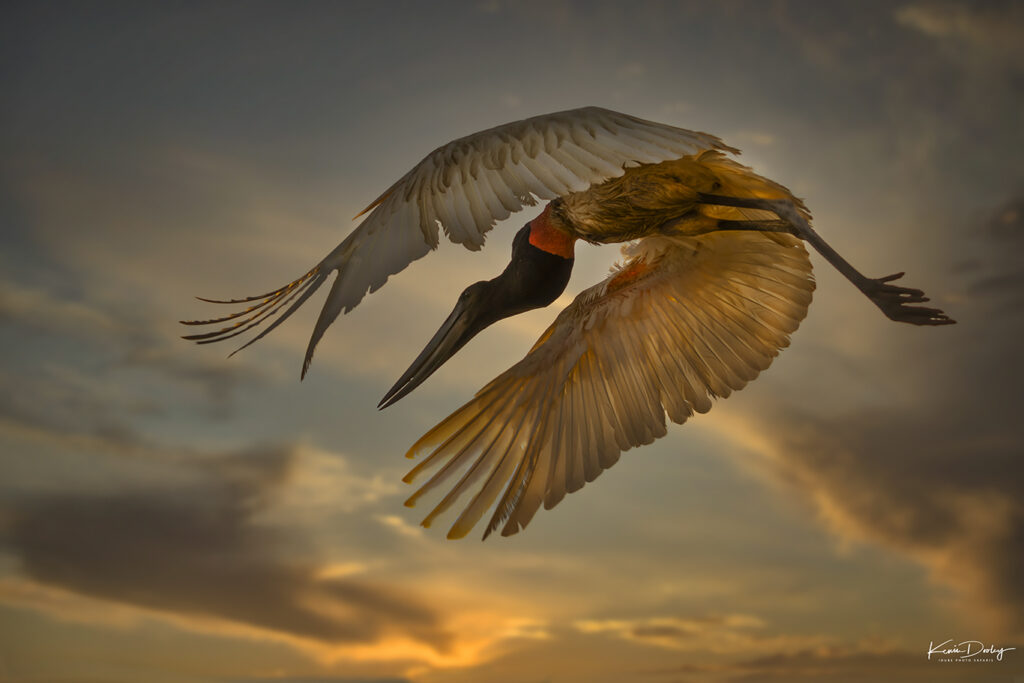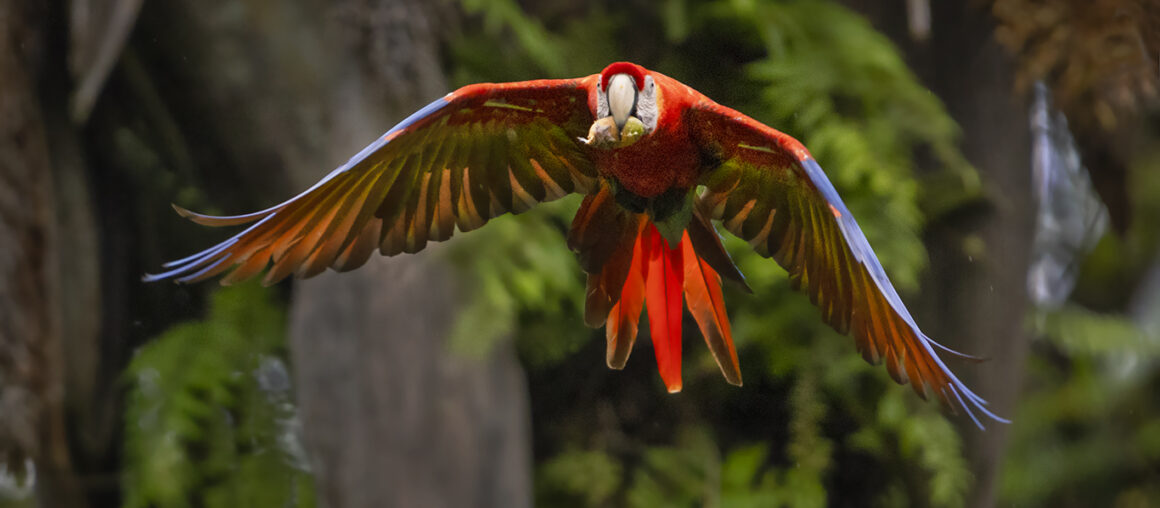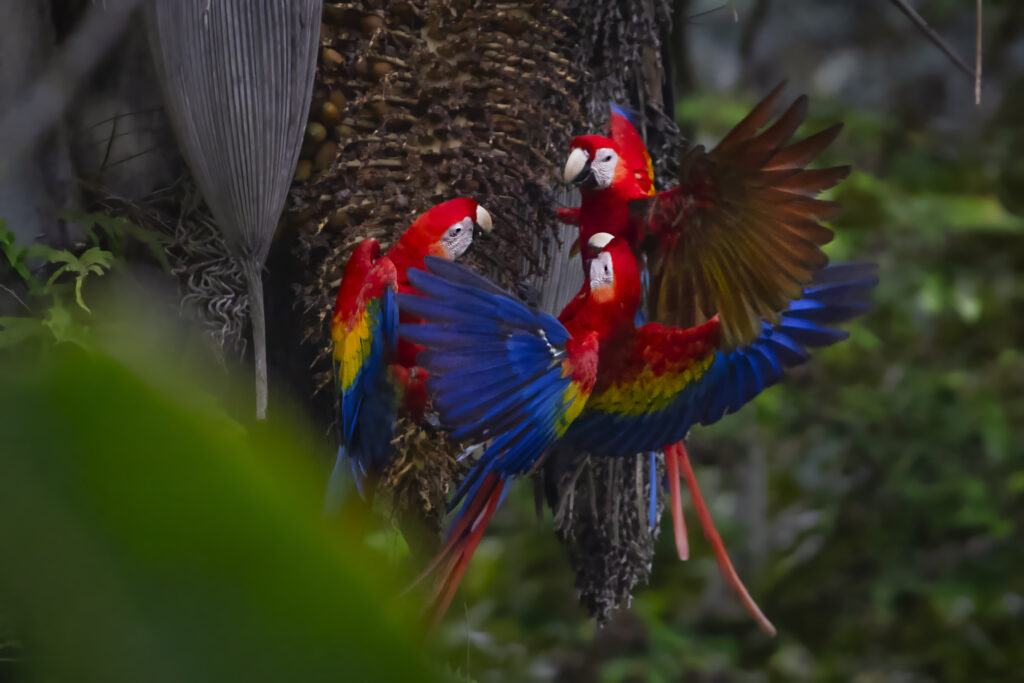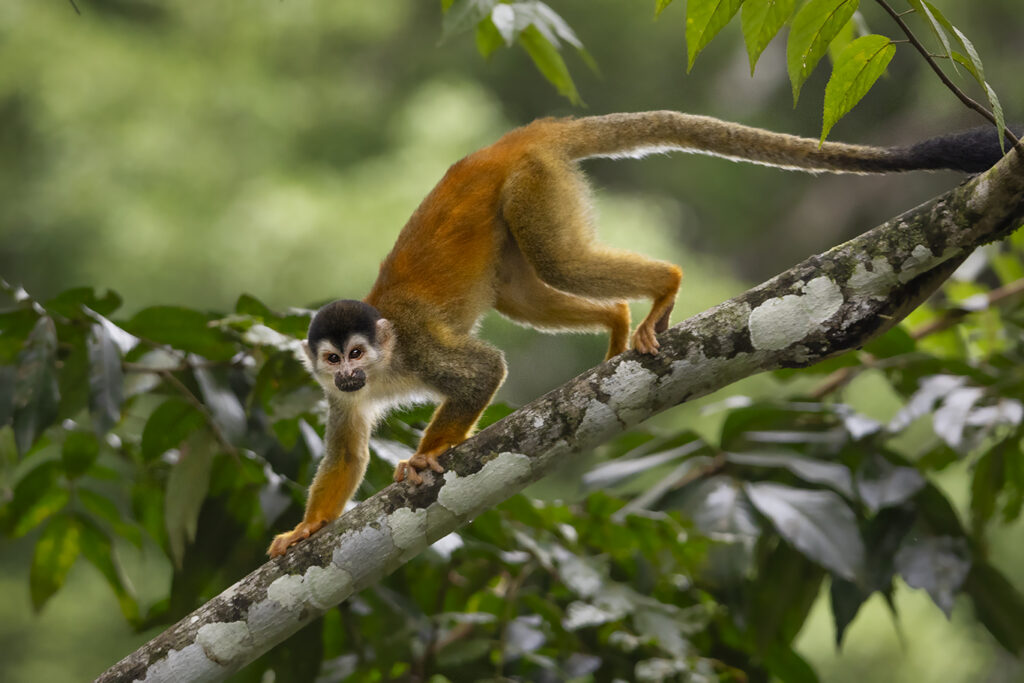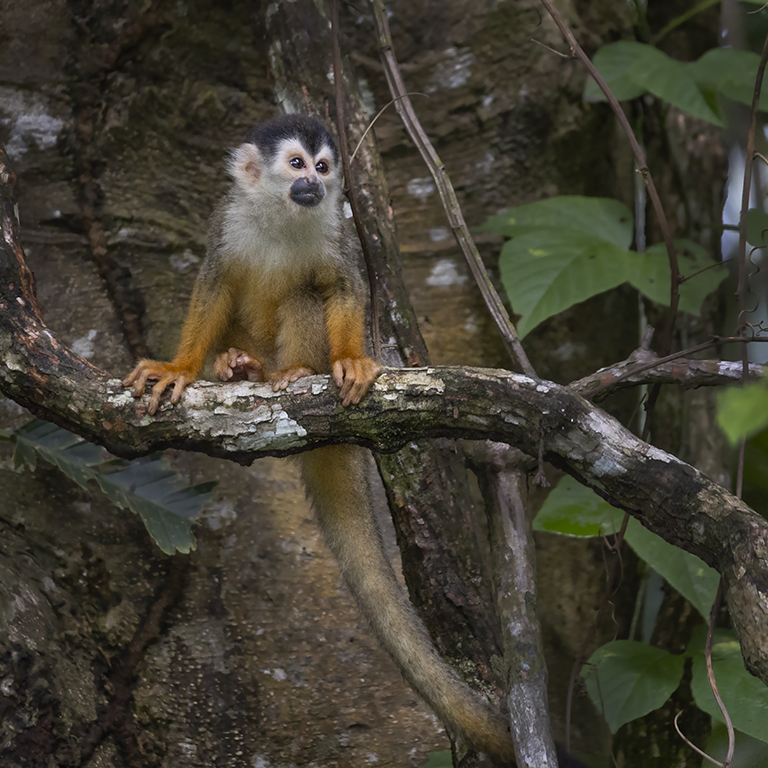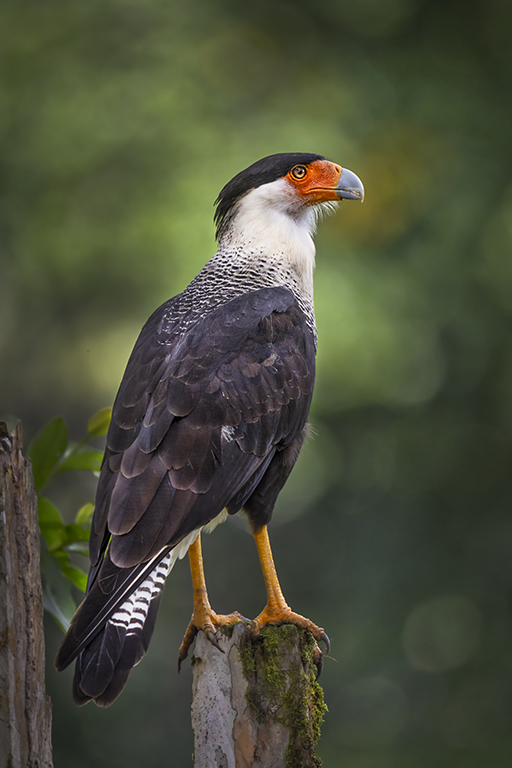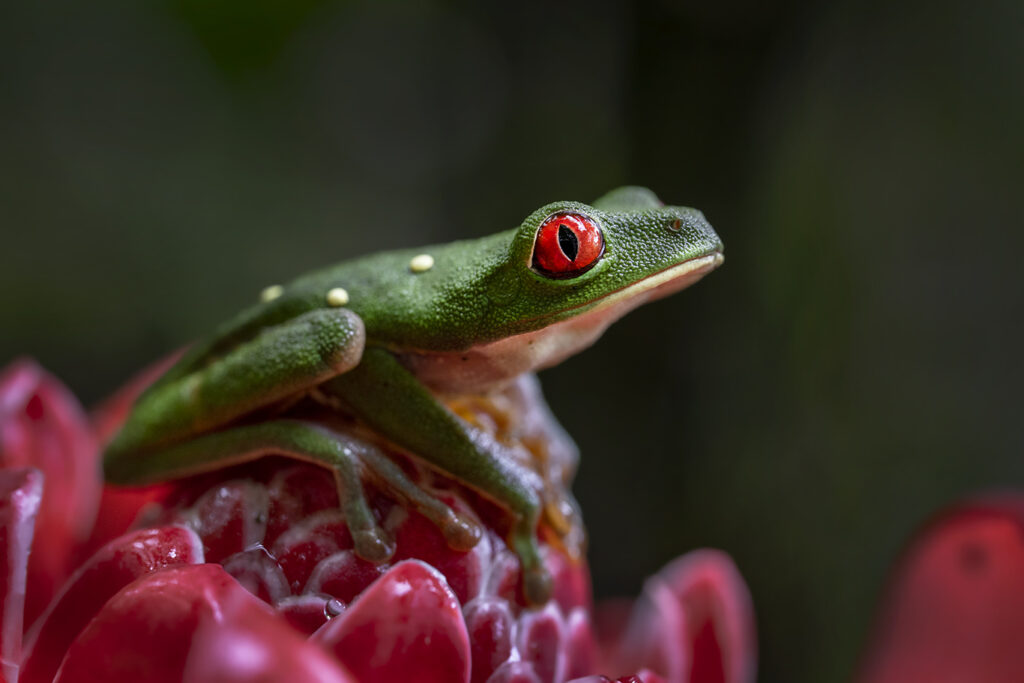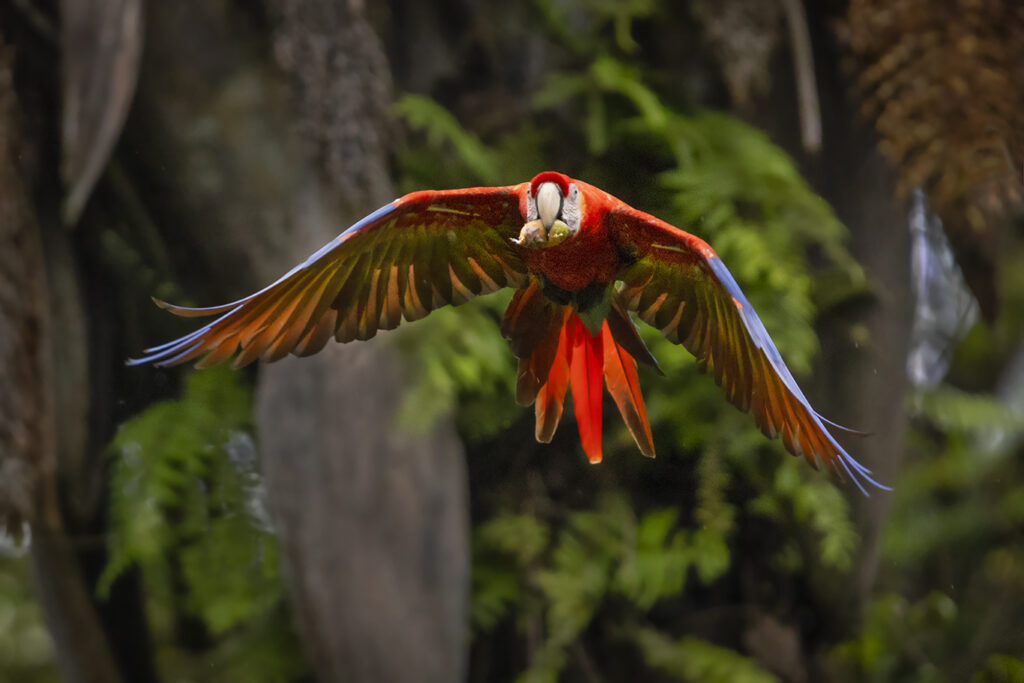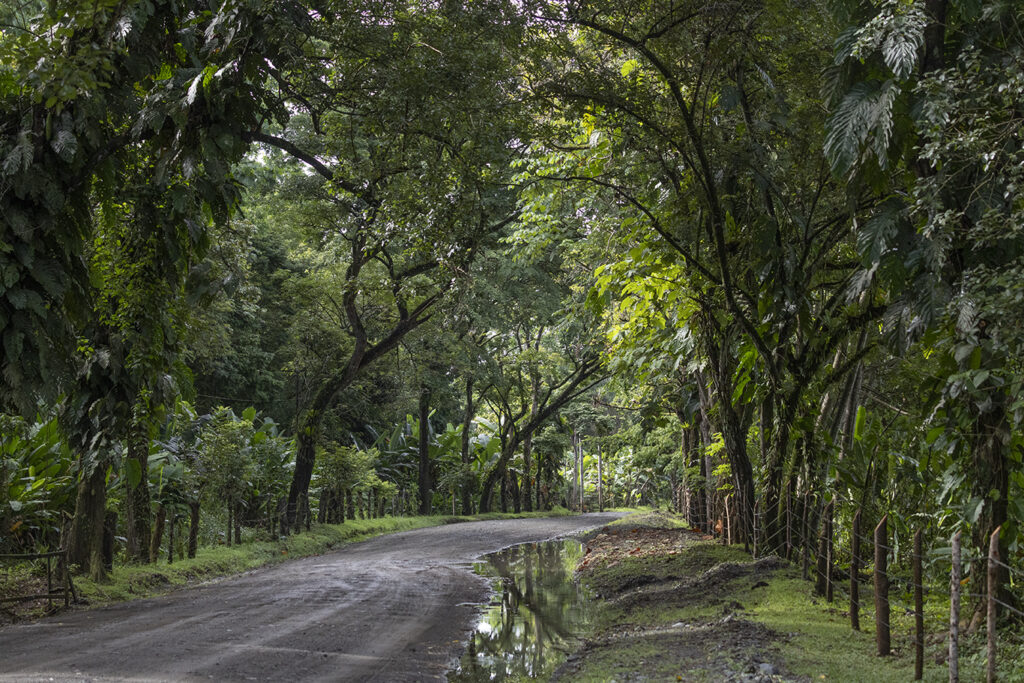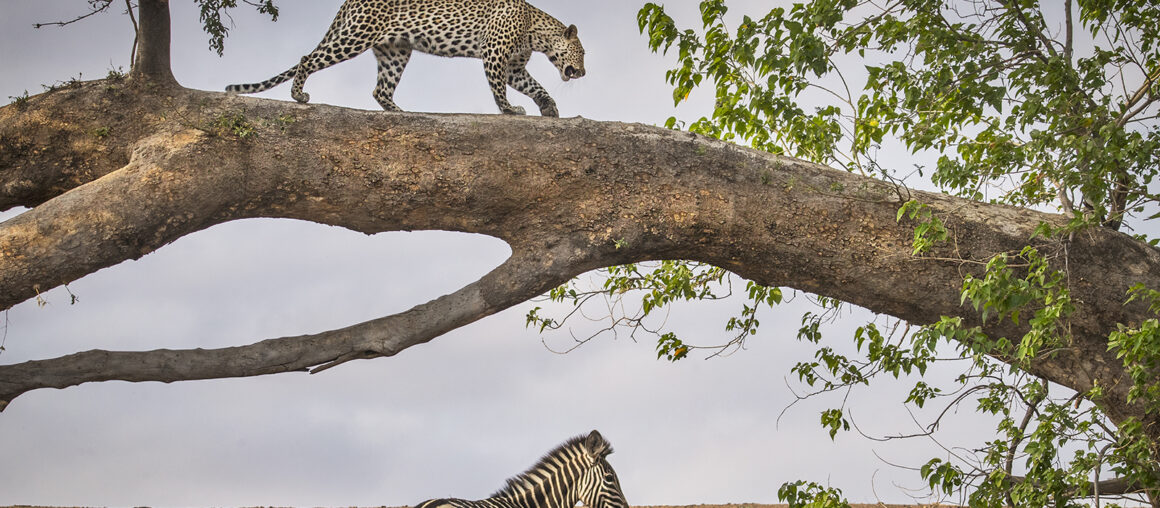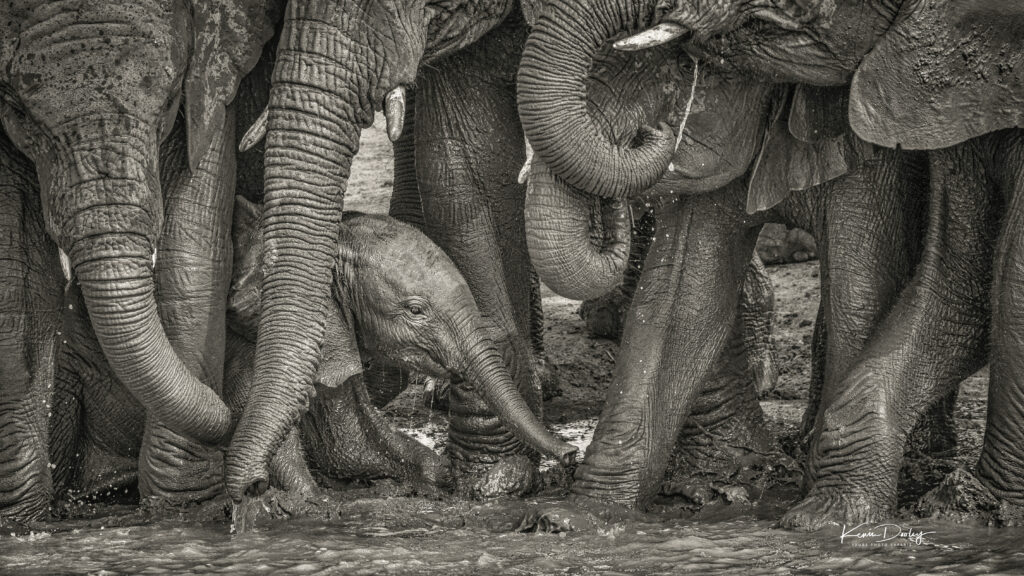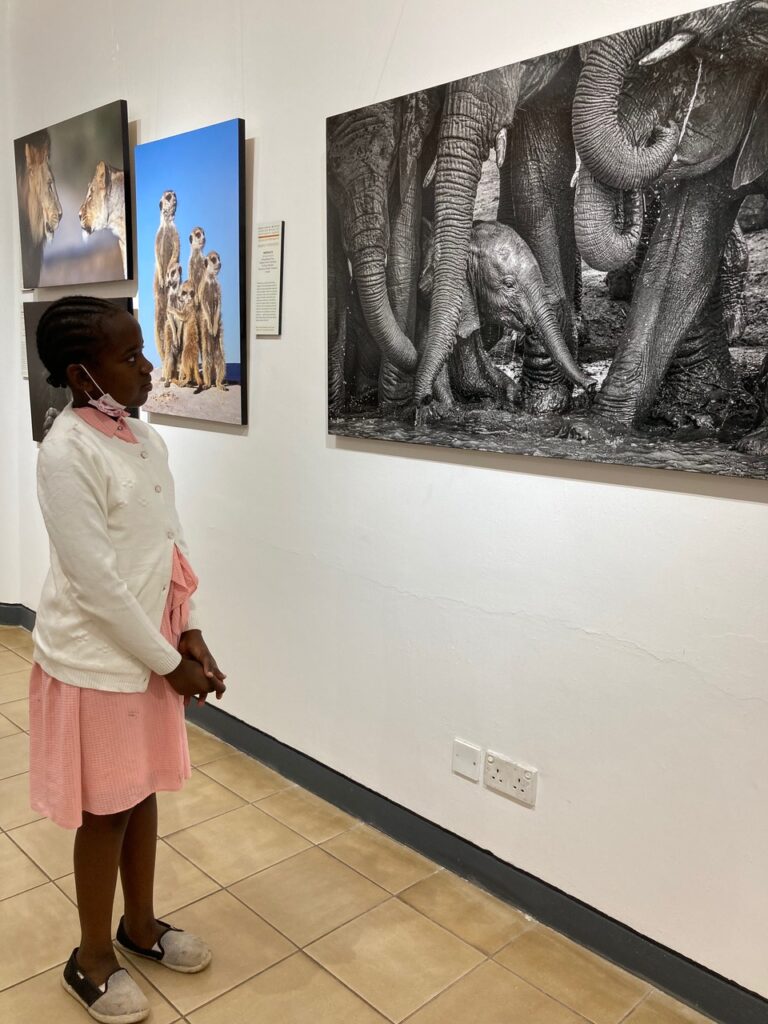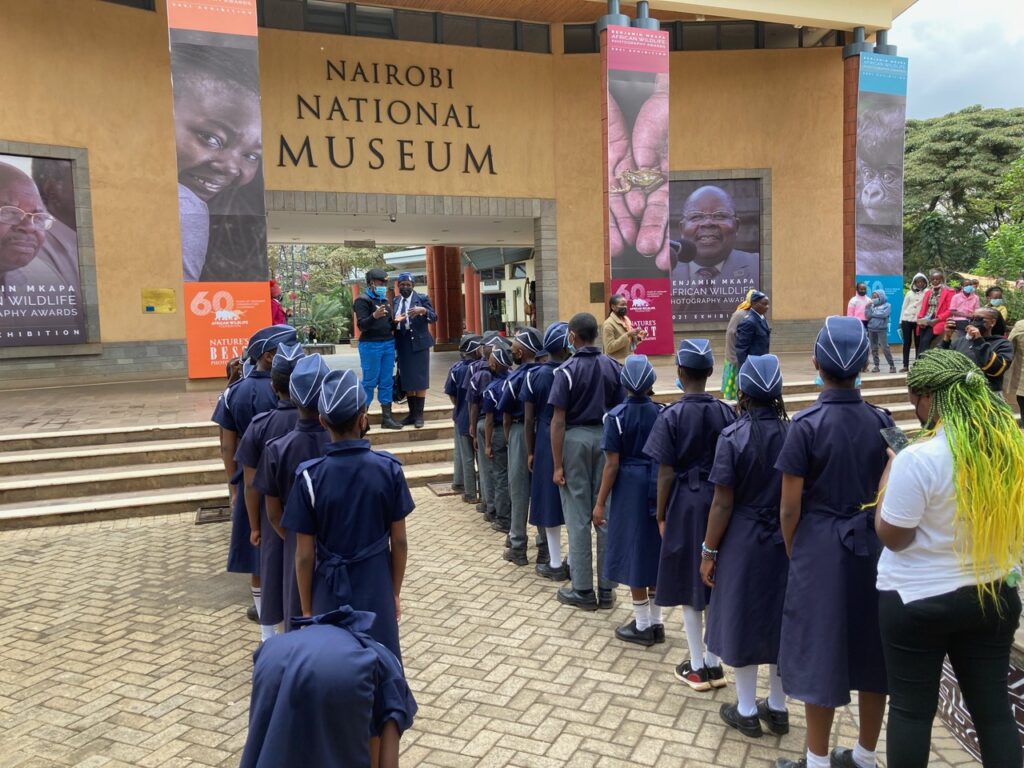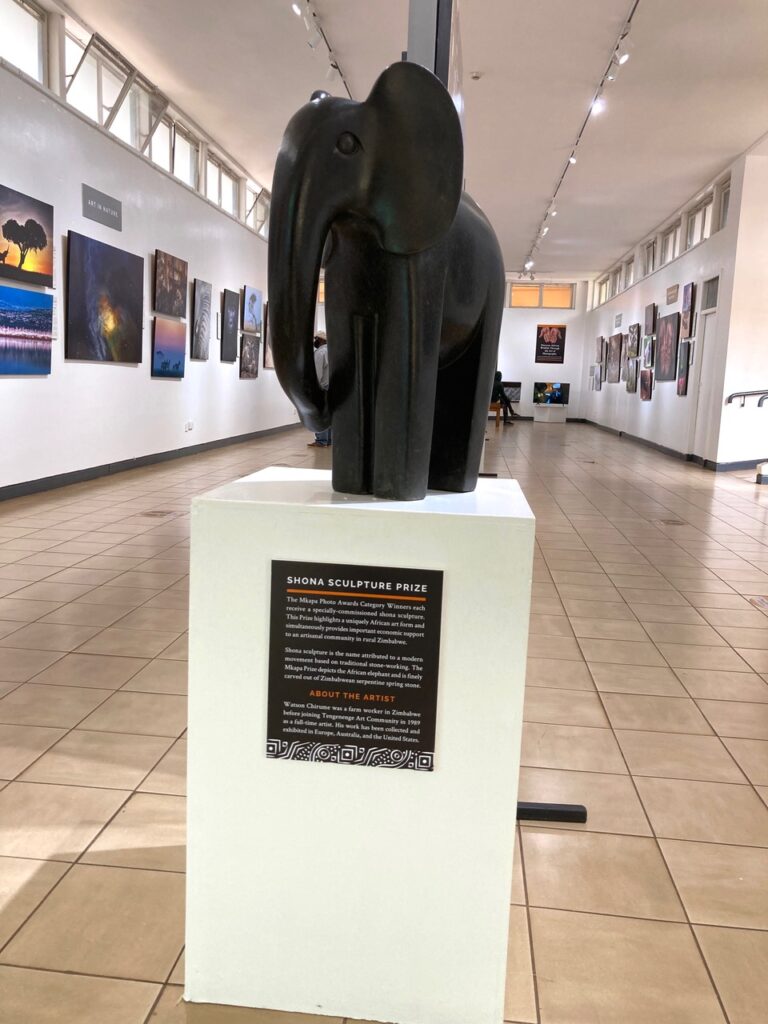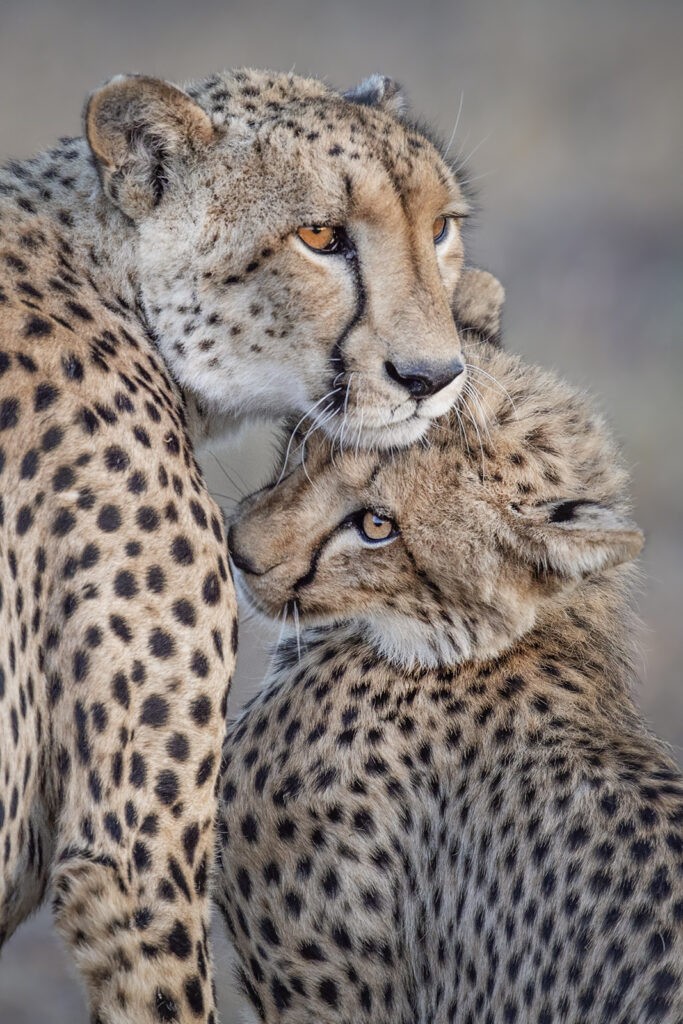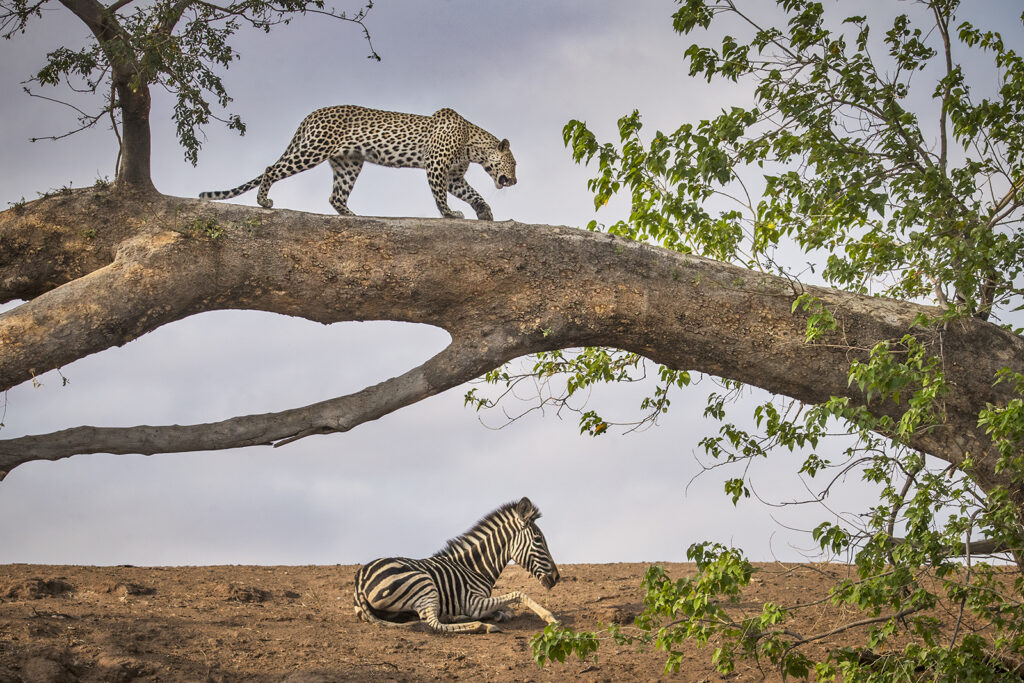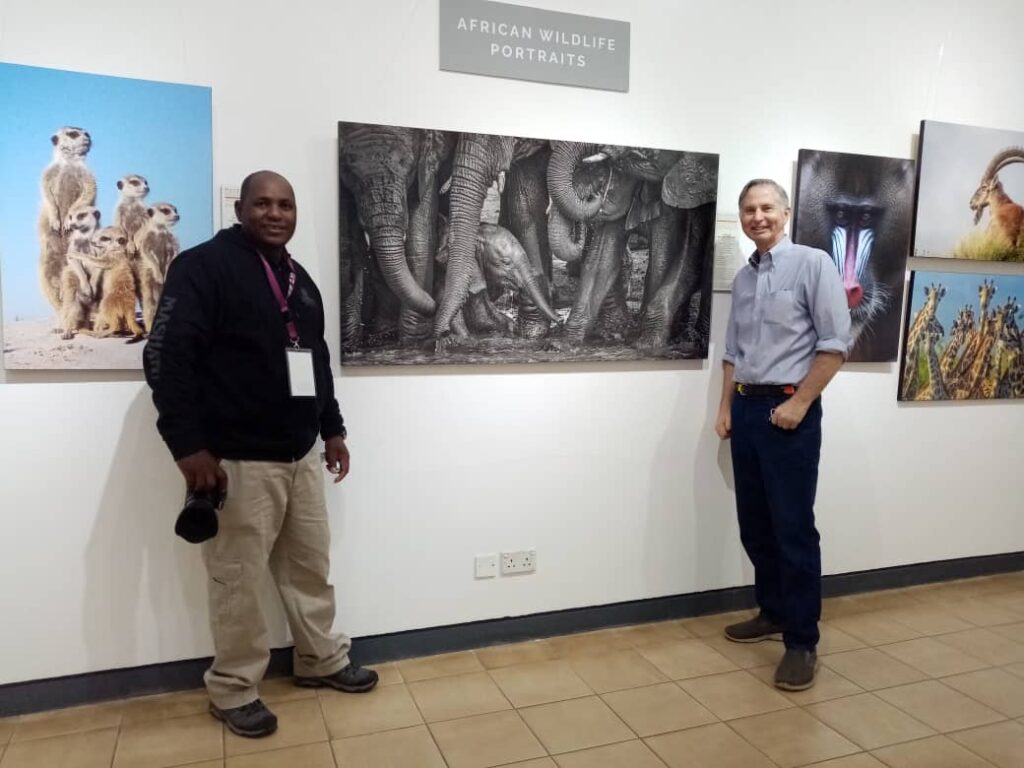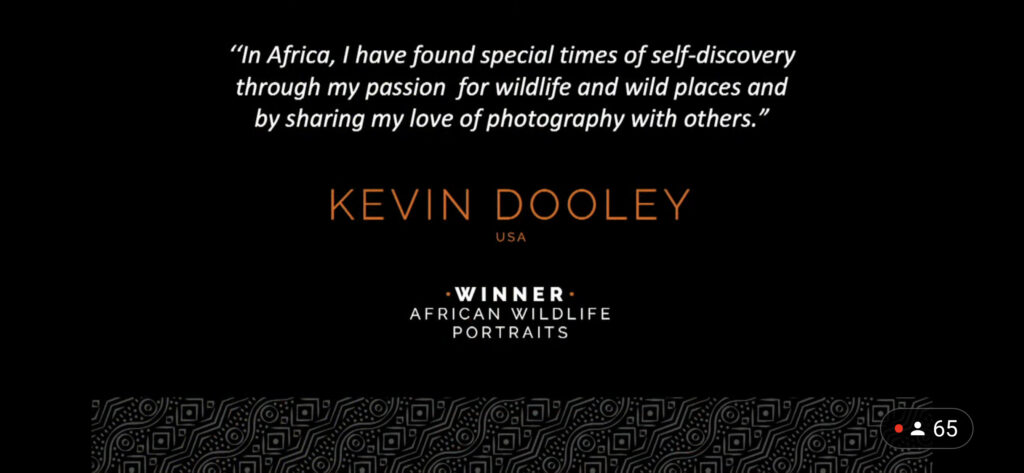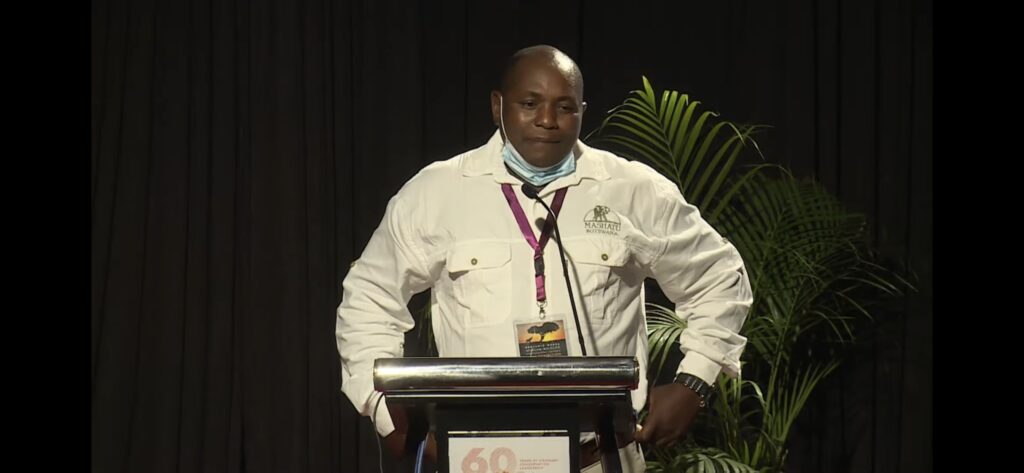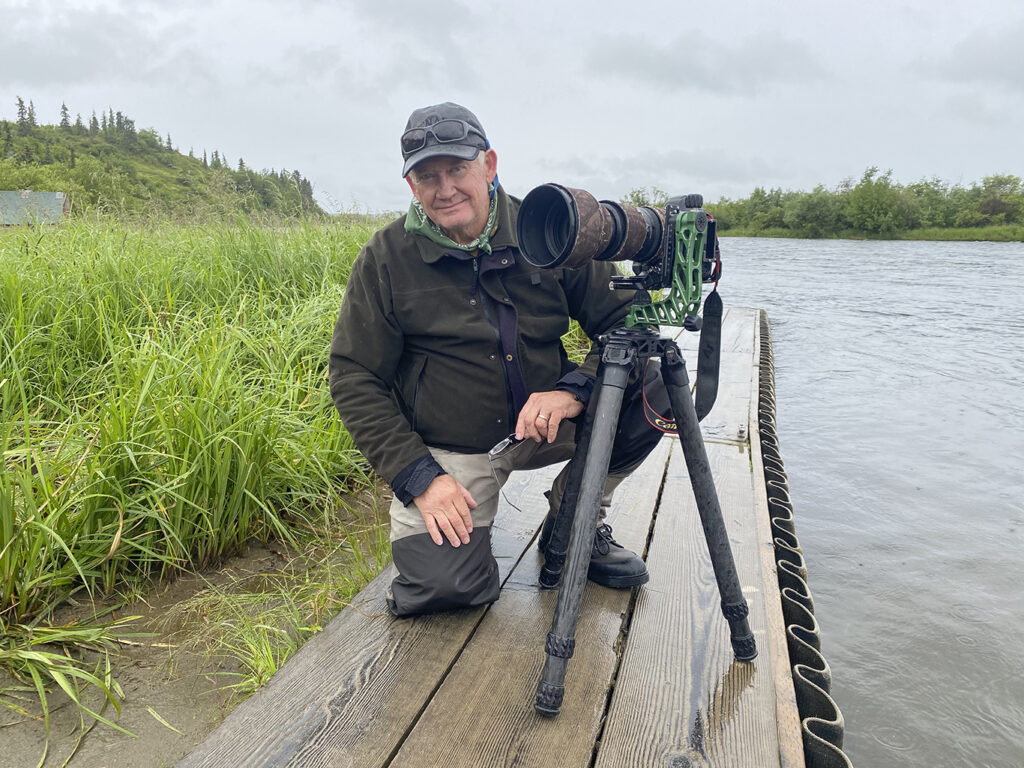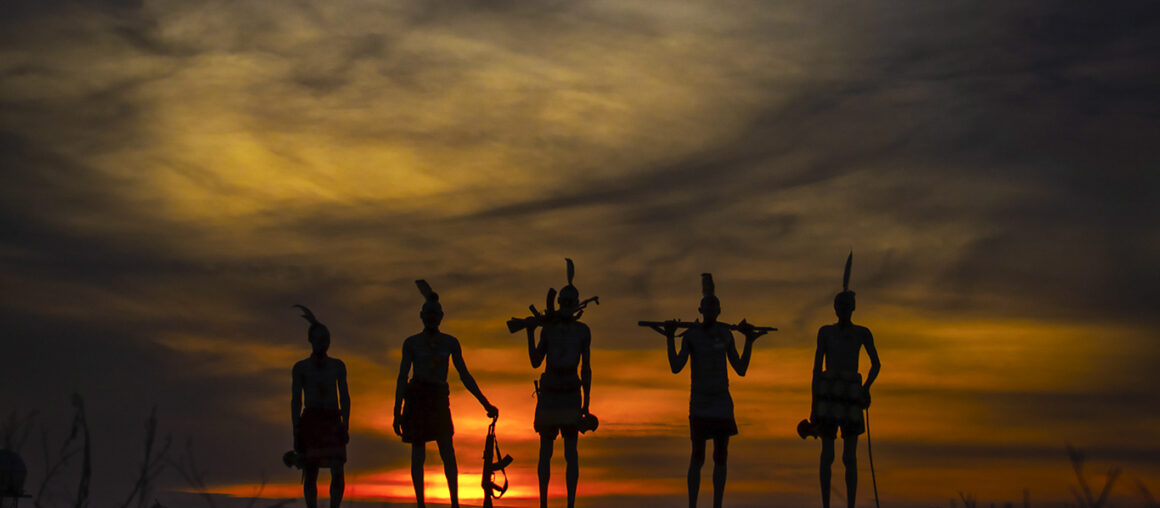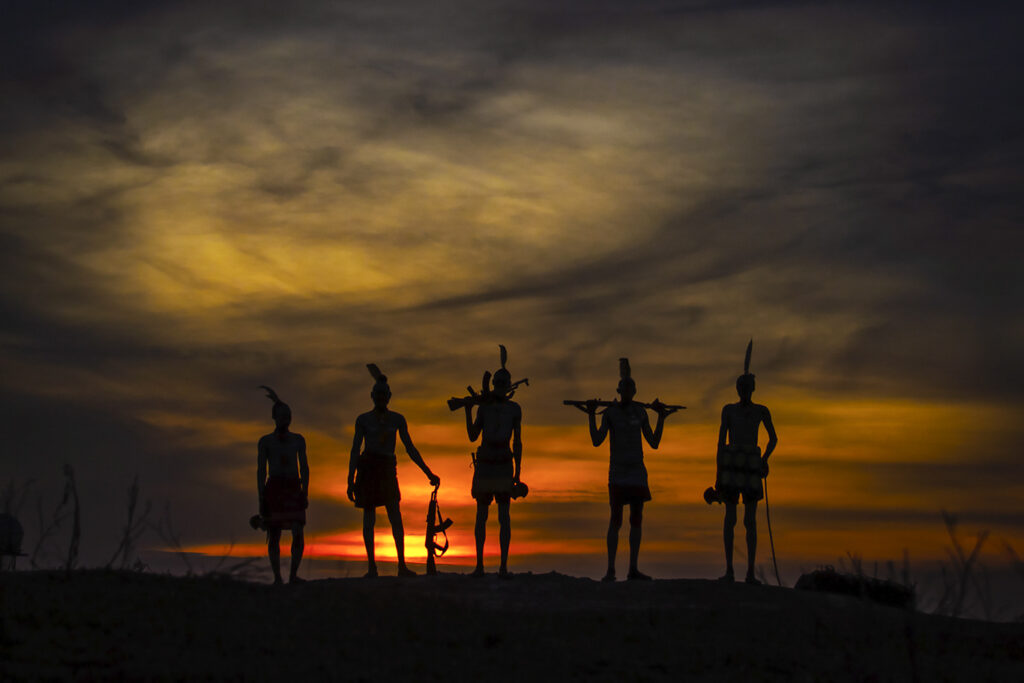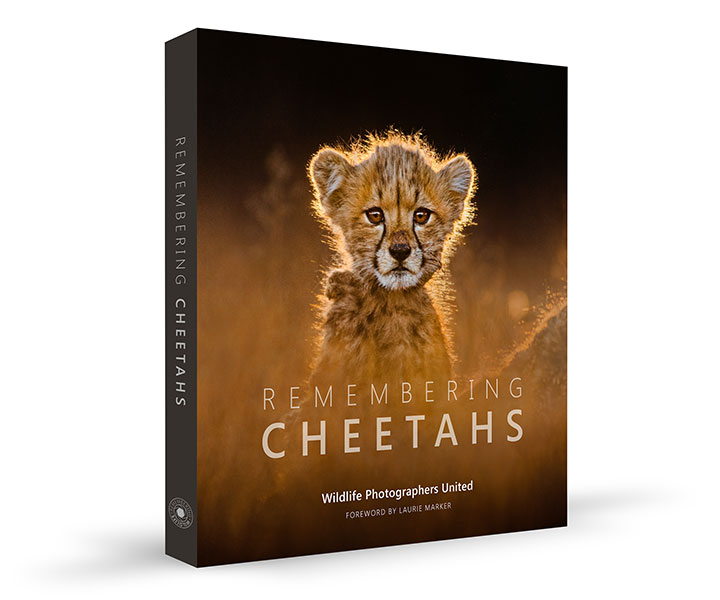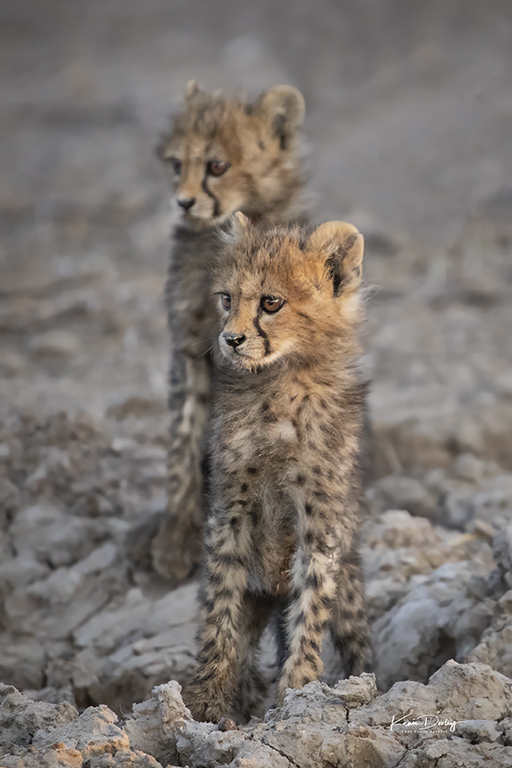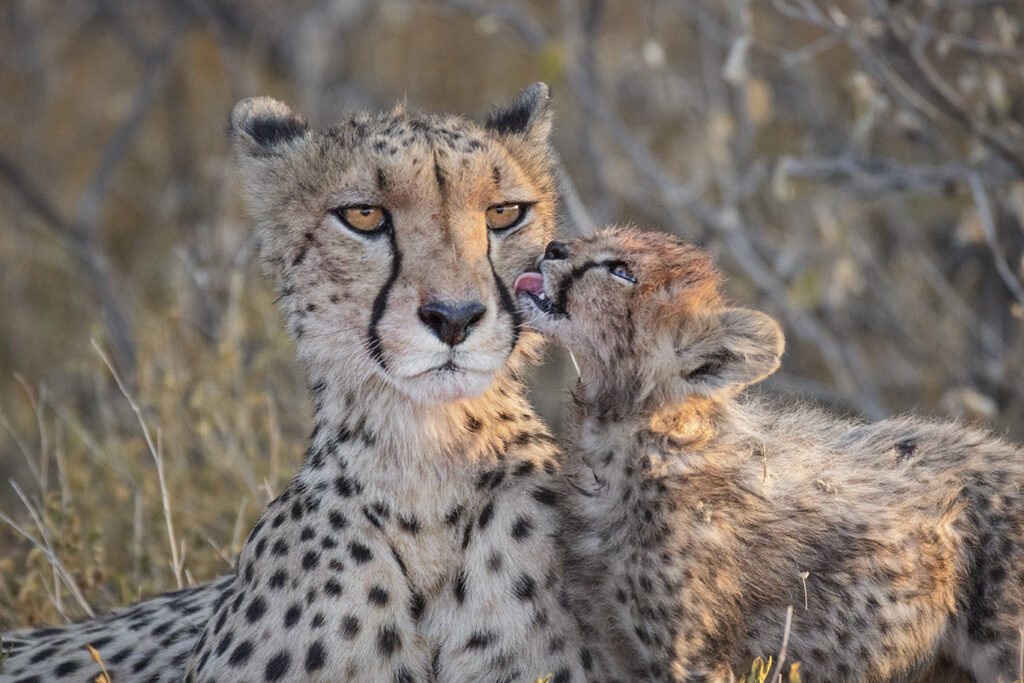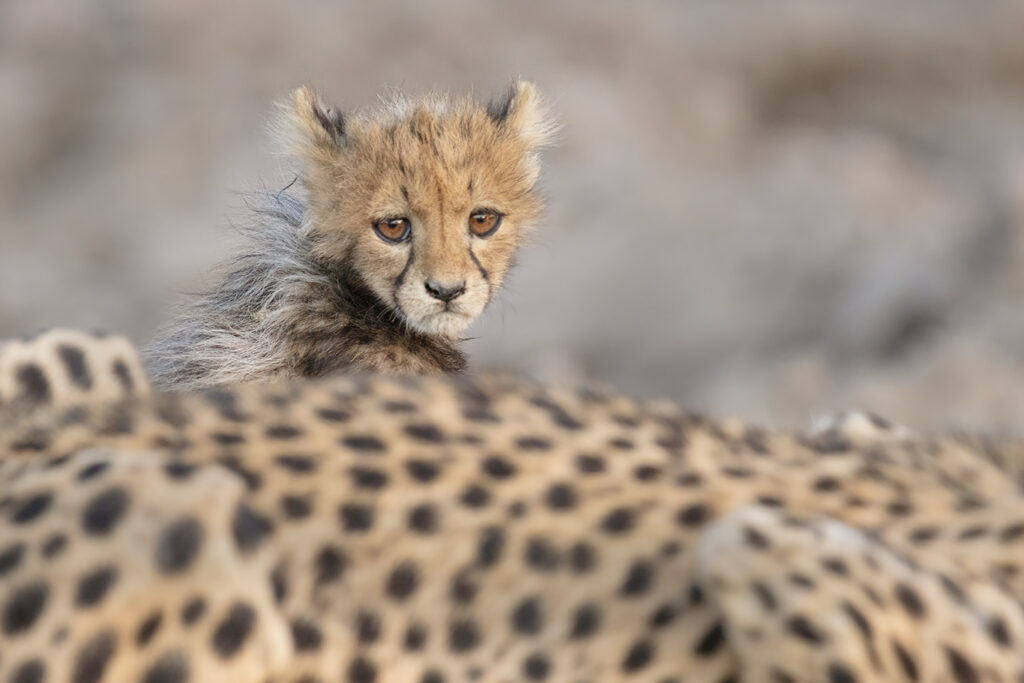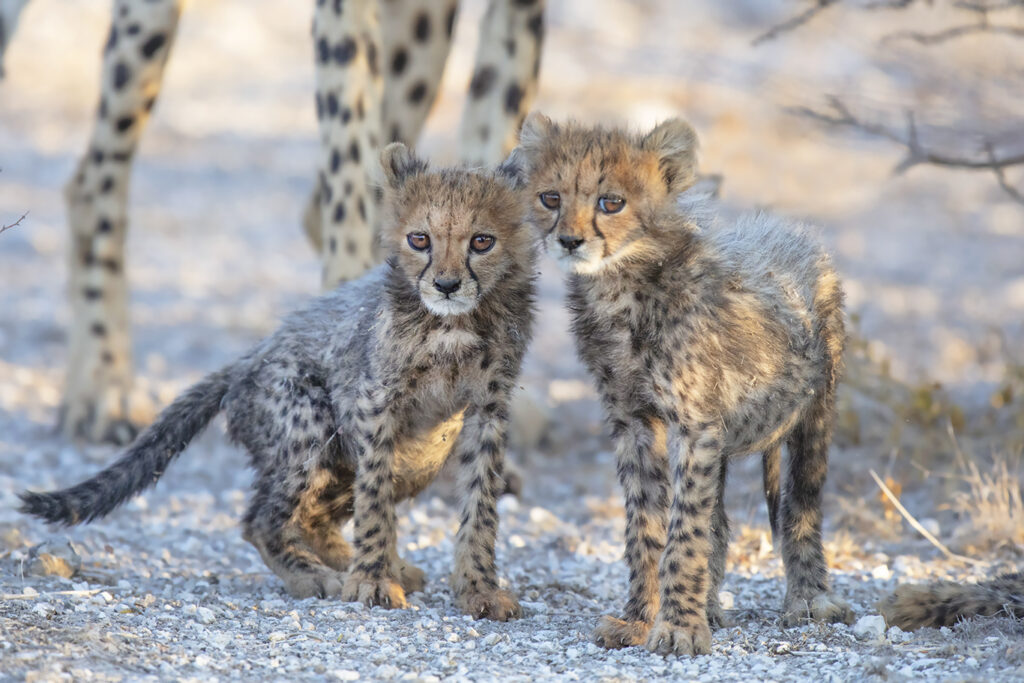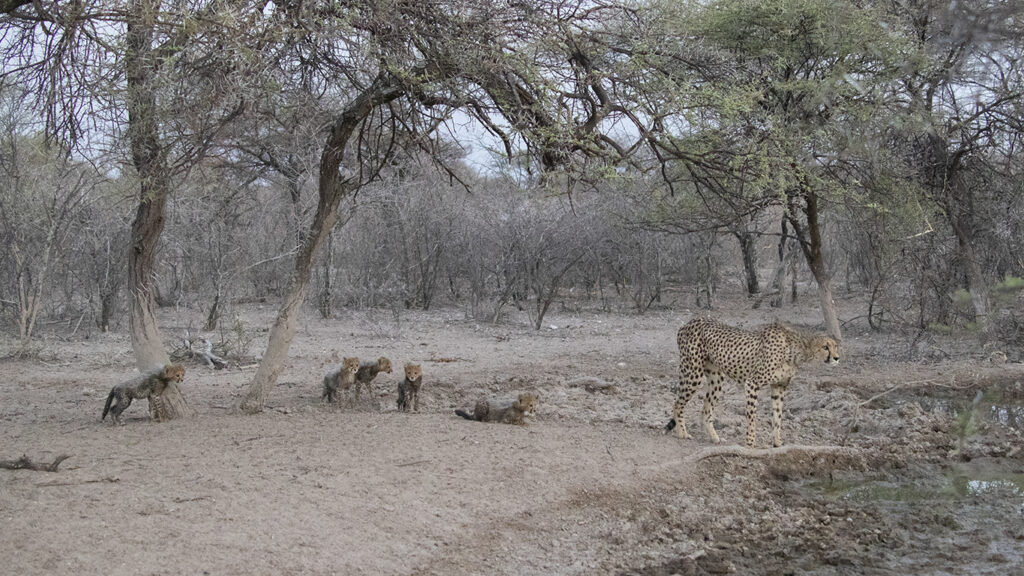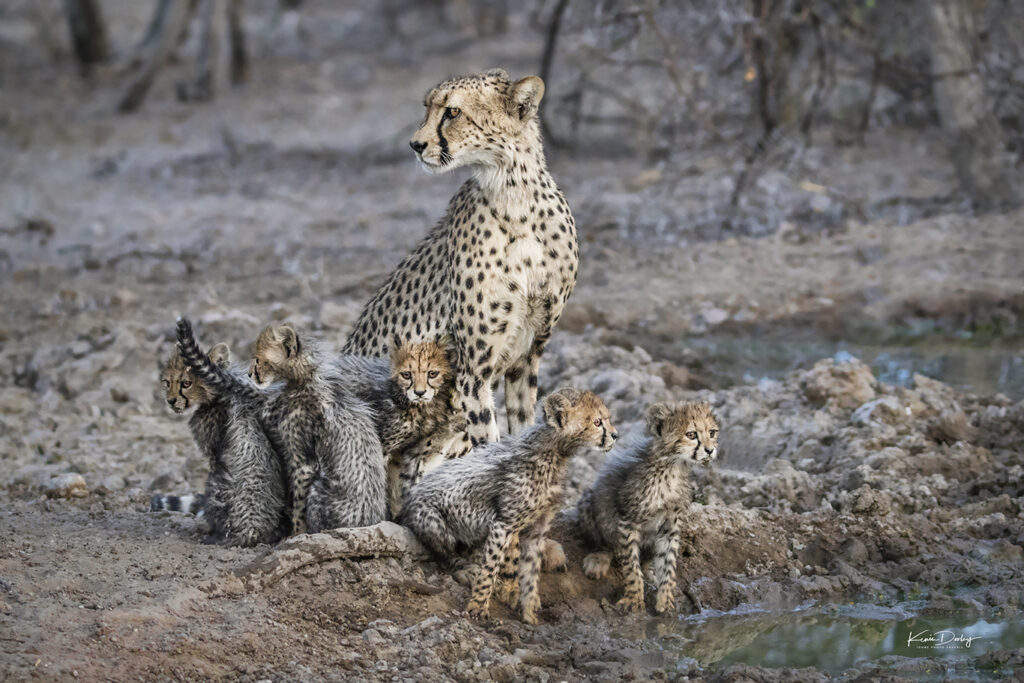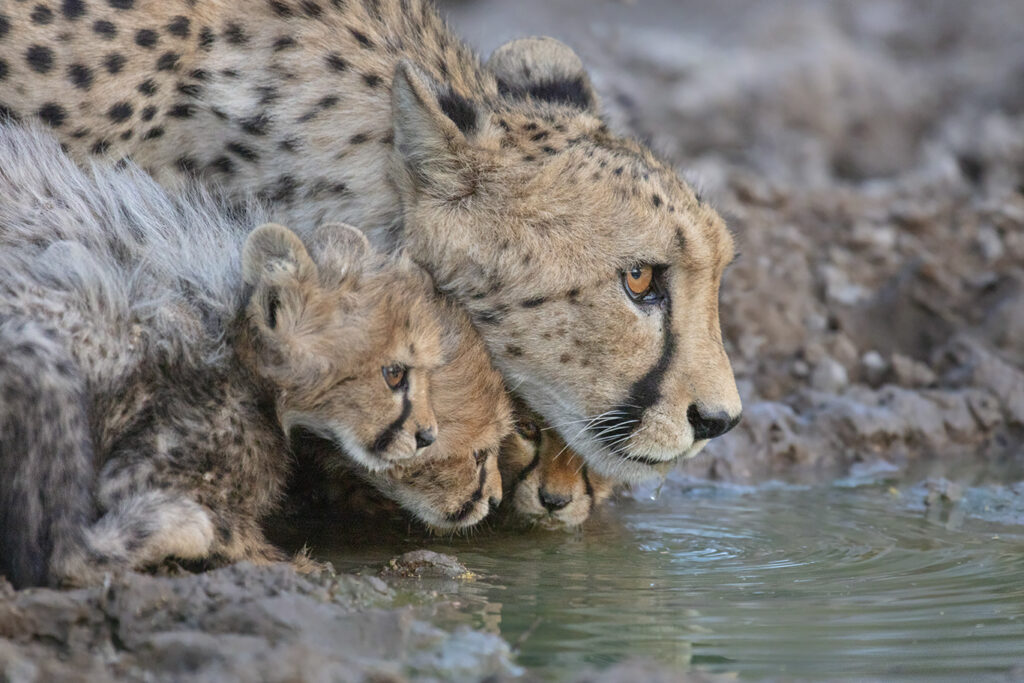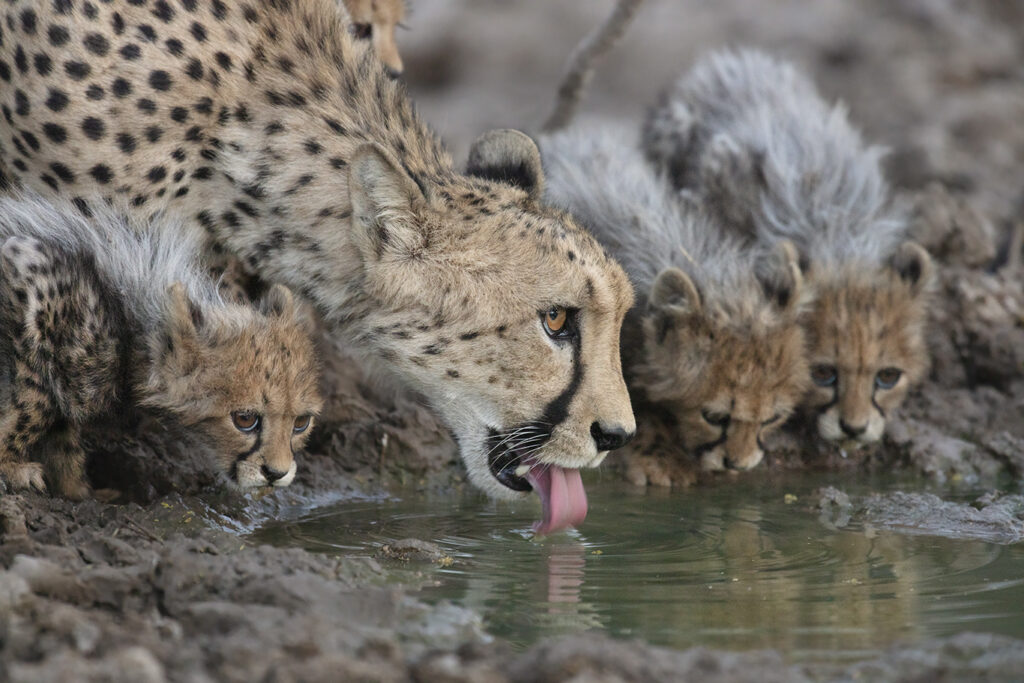Although these days I am known mostly for my wildlife photography, there is certainly another love that rests deep within my heart. In fact, I have had a wedding and portrait studio for just north of forty years. Other than three years in the US Navy, I have made my living as a professional photographer my entire adult life. It actually goes beyond that, my teenage years were spent with a camera in hand and photographs on the mind. In my teen years, one of my first jobs was developing and printing black and white images in my father’s portrait studio. With over seven thousand weddings, countless business portraits, and more family portraits than I can shake a stick at, photographing people has been and continues to have a major influence on my love of photography. My style and approach in my work has been to combine my technical and emotional development in both portrait and wildlife photography. In every image that I create, I try to dive deep into the world of that which is flowing through my lens and into my own interpretations and experiences of life. In other words when I photograph a lion in the wilds of Africa, I look for a lot of the same emotions, expressions, and feelings that I search for when I am photographing a human deep in the valley’s of remote Ethiopia. When I photograph people I find myself searching for the depths of hidden thoughts and hard to reach messages that are often found in wildlife. I try to bring out the expressions and messages that rest deep inside the human mind. Through the very creation and development of my own interpretation of life, I look for ways to bring the depths of another living creature to the eyes that view and interpret the photograph that I have created. For me, this journey has been and continues to be incredible. I truly believe that all living things are filled with deep thought and important messages. Messages through expressions, colors, tones, and textures, that can enhance our own life experiences in so many ways. In my journey to narrow the scope of my imagery to emotional impact and the viewers connection to the photograph, I use the technical assistance of a very shallow depth of field and the compression of telephoto lenses. This technique leaves little distraction in my images, allowing the viewer to quickly reach my intended connection to the depths of the subjects thoughts, feelings, and the very story of the photograph.
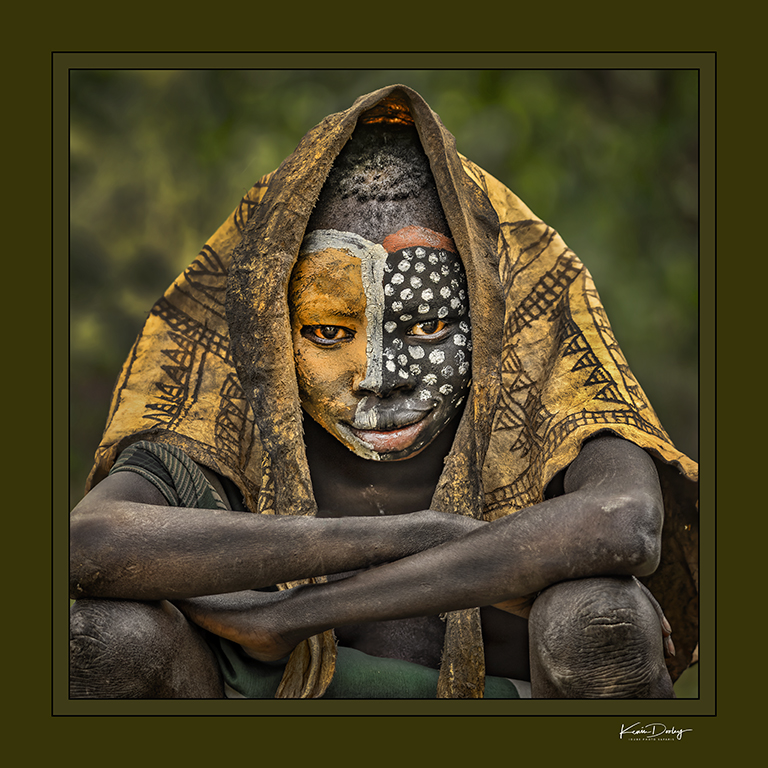
Canon R3. Sigma 60-600. 1/250, F6.3, 267mm
I have led many journeys to the remote and wild parts of beautiful Ethiopia. Both wildlife and tribal photography have drawn me to this visually stunning and culturally fascinating destination. With so many journeys under my belt, one would think that my selection of camera gear would be a breeze. However, I am embarrassed to admit that I am still highly challenged in this department. I suppose when it comes to selecting what lens to take I start out with them all. Once I realize that my camera bag is so heavy that I would have to travel with a crew of sherpas, I begin the dreadful process of narrowing it down.
The destinations subject matter and the mode of transport are of course, huge considerations when it comes to making my final lens choices. Another important factor that I have to consider is where I will be traveling to before and after a specific location. I will often go from one country to another with very different goals for each location. Often I will be traveling from a wildlife location to a tribal portrait location with no time to head home and trade out my lens for different types of photography. In my situation, it’s important for me to select lenses that offer a variety of uses.
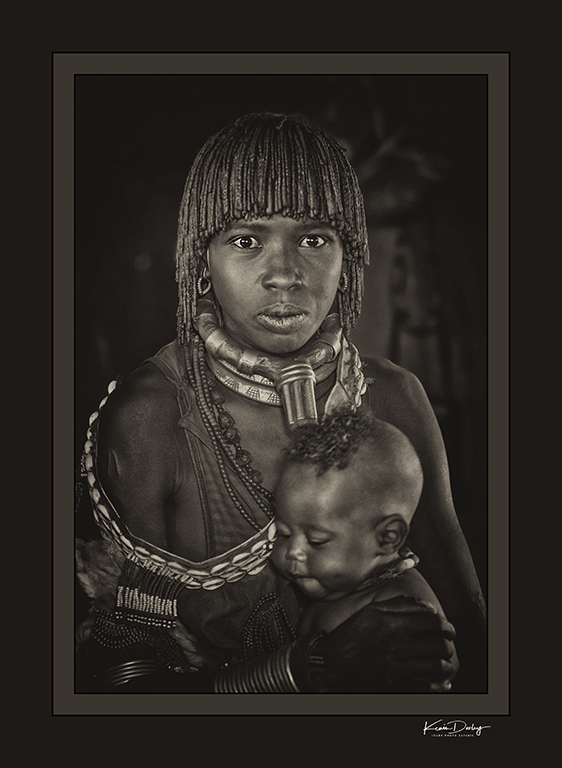
Canon 1dxmk3. Sigma 105 Prime. 1/40, F2.8, 105mm

Canon R3. Sigma 60-600. 1/200, F6.3, 222mm
If I had to narrow down my gear to just one lens, it would be the Sigma 60-600. I have been using this lens as my main go to lens since it was released in 2018. I have used this lens for just about every type of photography I do. In fact I have even used this lens on weddings. I teach several workshops a year in locations where we use bush planes and are restricted to under fifty pounds of weight including clothing and personal items. The first lens I go for when packing my camera bag is my Sigma 60-600. It is by far the best all around lens I have ever used. It is a bit heavy at just under six pounds, however that six pounds is pure usable focal lengths and very sharp. My Sigma 60-600 has been the best all around lens I have owned and used in my 40 plus years as a professional photographer.
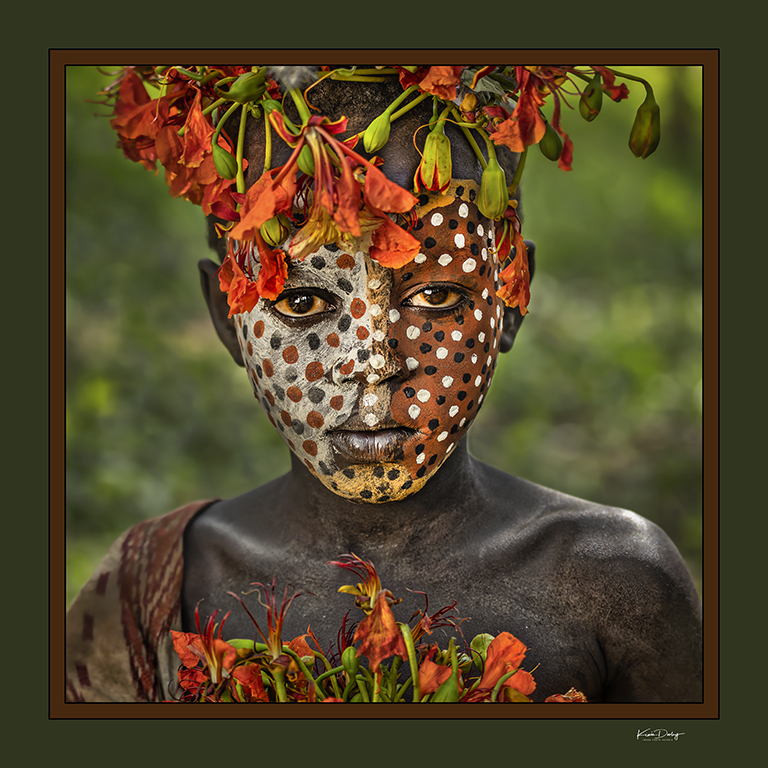
Canon R3. Sigma 60-600. 1/400, F5, 139mm
I truly enjoy using my 60-600 for portrait photography. Having the various focal lengths allows me to both be interactive with my subjects when I am looking for a specific pose and expression. On the other hand when I am photographing with a more candid approach I can easily maintain a distance and still reach out and get nice close images. I love how the compression of the telephoto lens builds a very soft, creamy background. In most cases, unless I am using a wide angle lens and telling a story, I personally like to keep my images simple and clean, often using the wide open side of my aperture choices. The easier it is for a viewer to look at at a photograph the faster the photograph will grab and hold the viewers attention.

Canon R3. Sigma 60-600. 1/640, F6.3, 204mm
I never travel with just one lens, I am a firm believer in having a back up system. I use the Sigma 150-600 C as my back up lens. It is very light, very sharp and although it’s missing that 60-150 focal range, it is the perfect back up lens. Gear can be dropped or broken and a back up is vital when investing in a destination type photographic journey. That being said, when traveling to Ethiopia for Tribal Photography, in addition to my 60-600 lens, I prefer to pack and use two other lenses. My Sigma 16-24 and my Sigma 105 Prime.
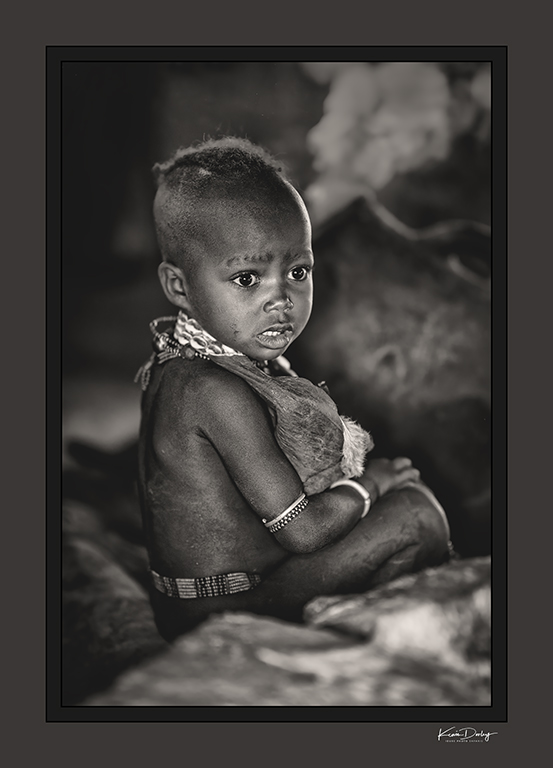
Canon 1dxmk3. Sigma 105 Prime. 1/125, F1.4, 105mm
Back in the days when I was doing a lot of wedding photography I used an 85mm 1.2 prime lens. I loved the slight telephoto look combined with the minimal depth of field. The wide aperture also allowed me the ability to photograph in low light situations without having to introduce an artificial light source. I wanted to maintain that ability, yet with just a slight bit more compression in the background. So I decided to with from the 85mm to the 105mm. It is a dream lens for sure. I love using it.

Canon 1dxmk3. Sigma 105 Prime. 1/40, F2.5, 105mm
Early in the morning when the beautiful people of Ethiopia are starting their day, I love to spend time with them photographing and learning about their culture. This is a time when I will often use my Sigma 14-24mm 2.8 Art Lens. I will normally take a low camera angle and photograph the mornings activities with a natural and candid approach. Often these days start very early, normally just as the sun is making its appearance for the day. I find myself photographing in very low light conditions and using the lenses 2.8 aperture quite often. As the light improves I may also use an aperture setting that allows me a bit more depth of field . However, I truly enjoy using the wide lens with a minimal depth of field.
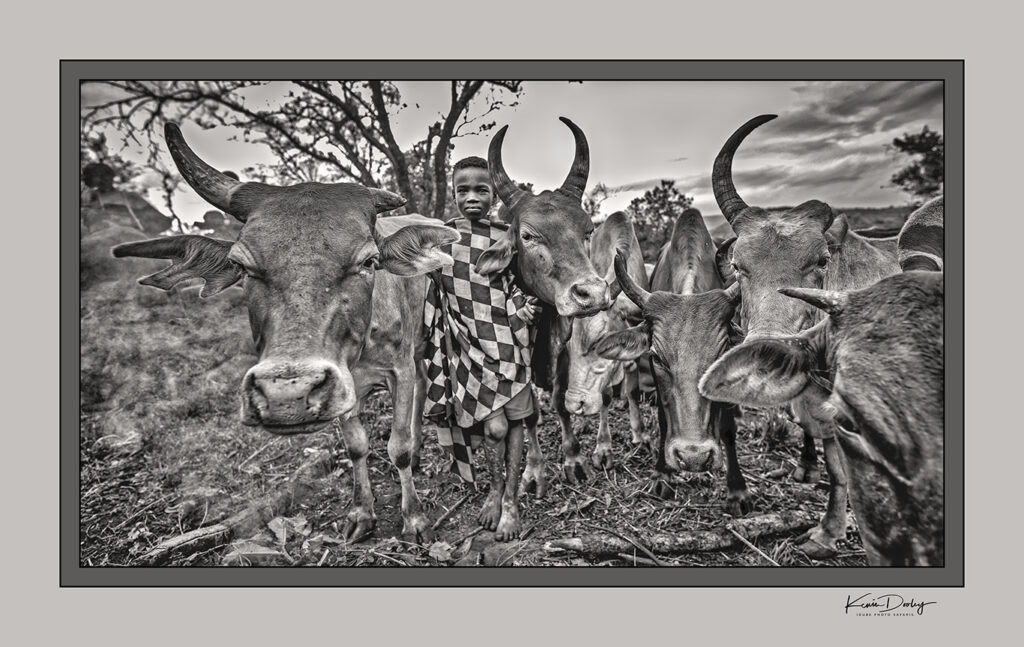
Canon 1dxmk3. Sigma 14-24 Lens. 1/320, f2.8, 14mm
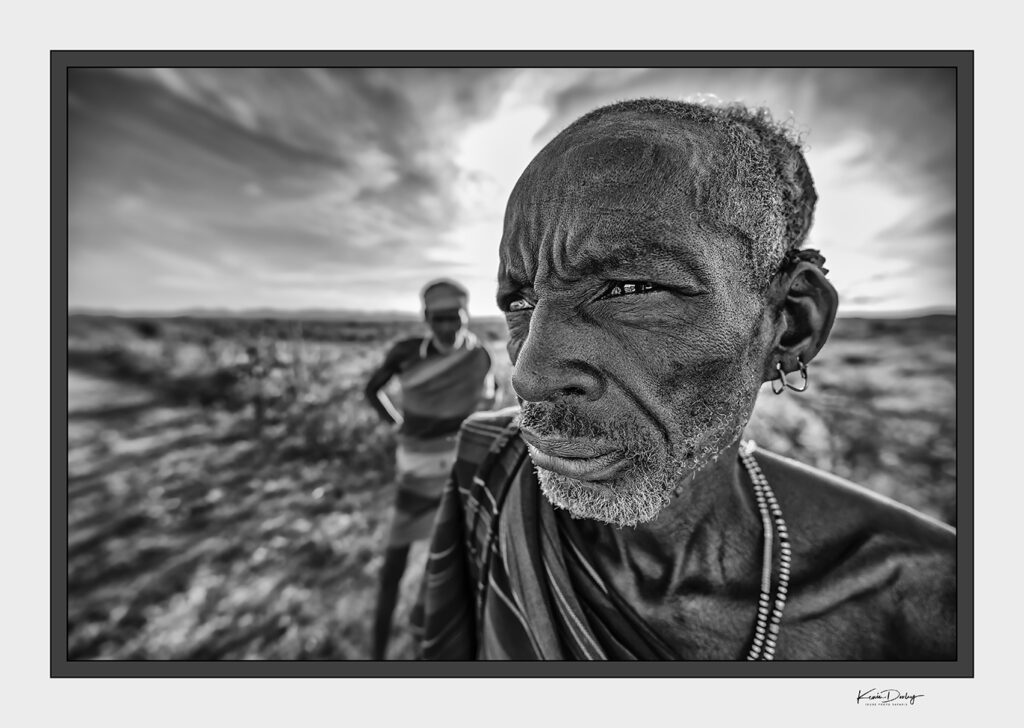
Canon 1dxmk3. Sigma 14-24 Lens. 1/640, f4, 14mm

Canon 1dxmk3. Sigma 14-24 Lens. 1/150, f2.8, 17mm
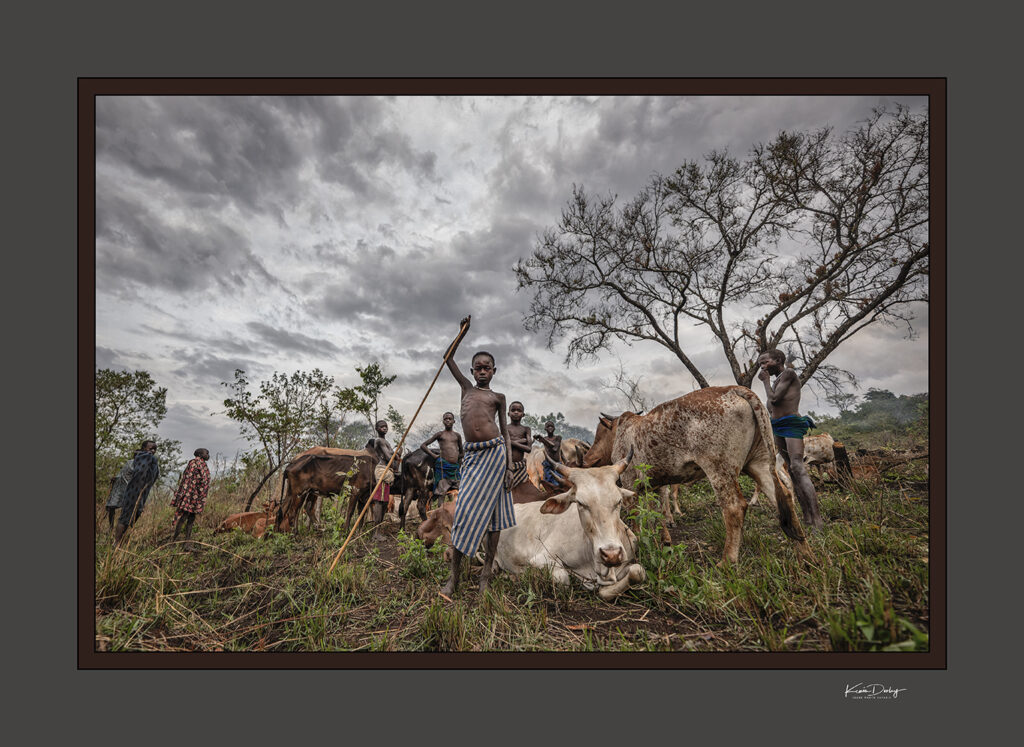
Canon 1dxmk3. Sigma 14-24 Lens. 1/30, f2.8, 14mm
In conclusion, I am a huge admirer of the line up of Sigma Lenses. I do have my favorites and the three lens that I use when photographing the tribes in wild and remote Ethiopia are right at the top of favorites list. I try to select my lenses to match my style of photography and these lenses meet those needs. I use gear that is an extension and a pathway of expressing my personality. My gear is a tool and a connection to the expressions of how I view and share the world through my photography. I am very specific to select the gear that fits into my style and my technique. These Sigma lenses are the very windows that allow me to enjoy, feel, create, and share my love of photography.
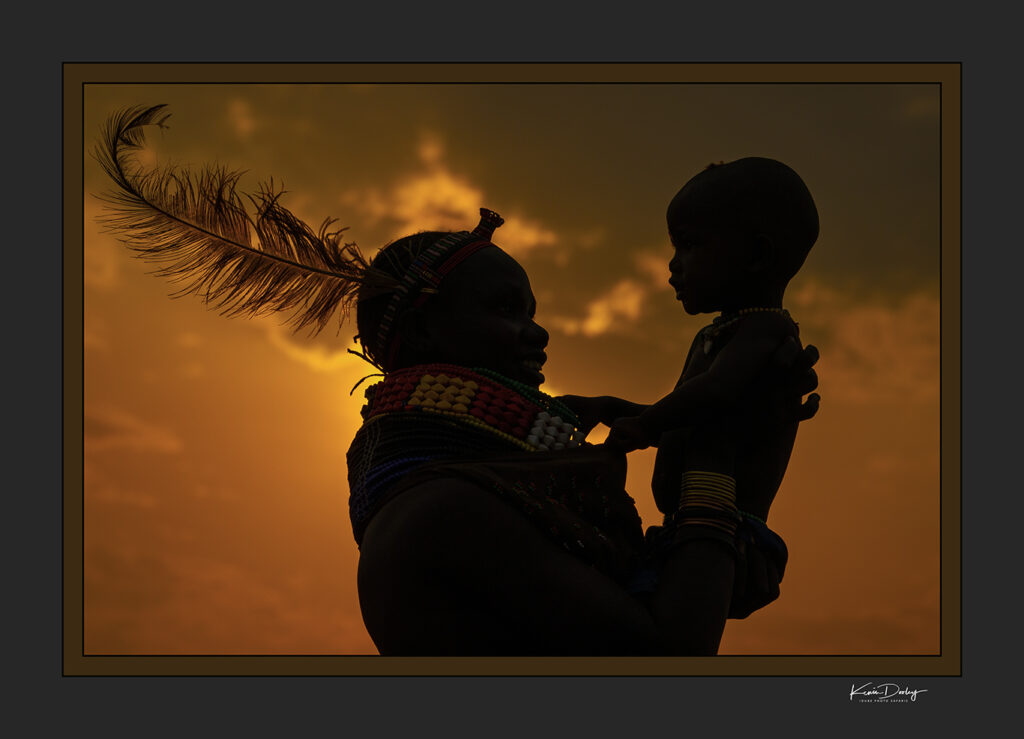
Canon 1dxmk3. Sigma 105 Lens. 1/5000, f7.1, 105mm
I am excited to head back to the remote parts of wild Ethiopia where we find and photograph tribes that still live and practice their traditional cultures. We have spent years establishing relationships with these wonderful people and the experienced guides and interpreters that accompany us on these life changing journeys. I love sharing this amazing adventure and teaching the techniques of people photography in such an inspiring and interesting location.
